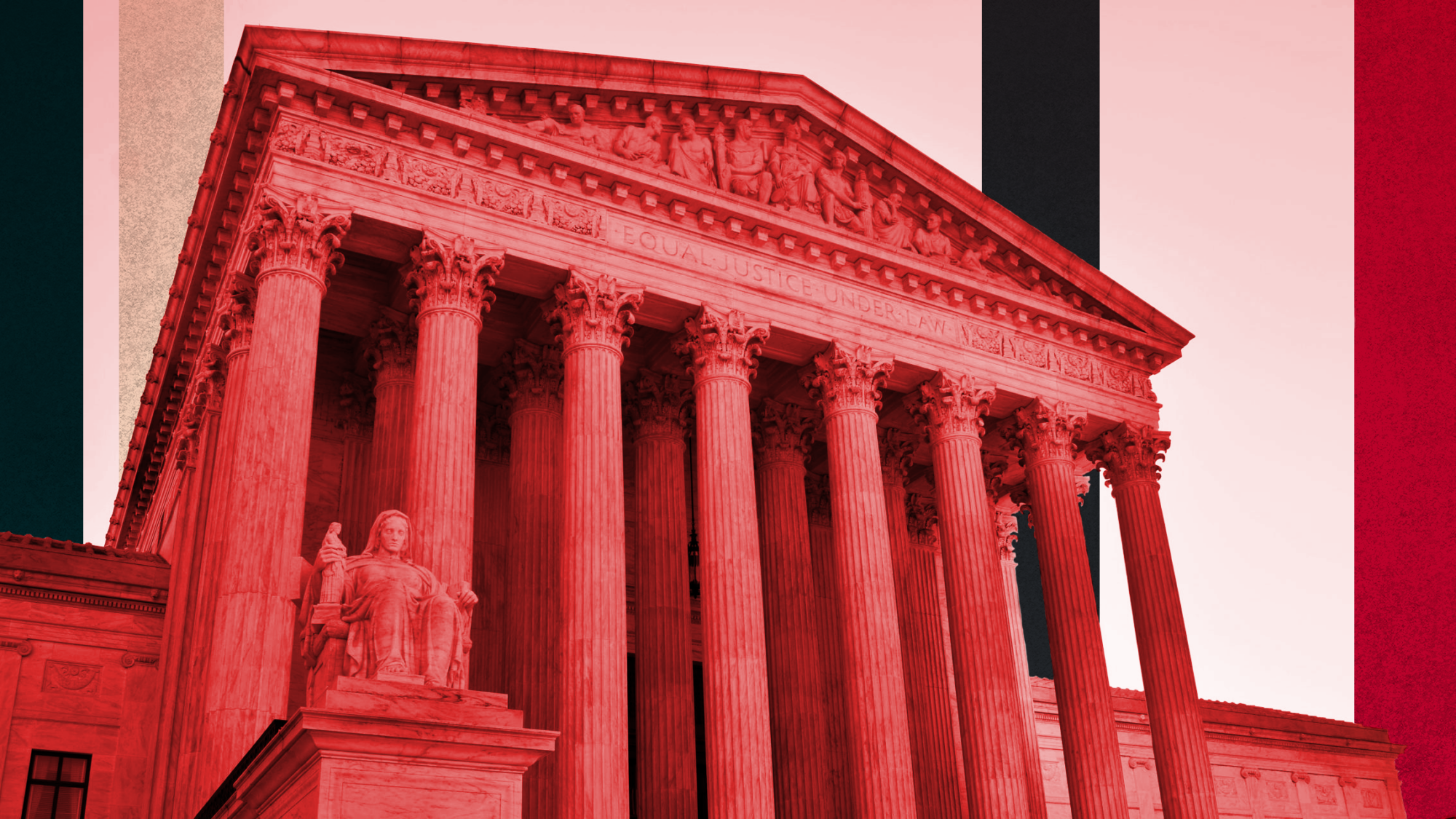The Supreme Court decisions on affirmative action and student debt relief have garnered a tremendous amount of press coverage, and for good reason. But the coverage is reinforcing the negative perceptions about higher education that have been festering for the last few years.
We already know that many students don’t apply to college because they perceive they are not wanted or wouldn’t find a sense of belonging on college campuses; those feelings may be exacerbated by recent chatter, as we’ve seen through reports of how enrollment of students of color dropped when individual states ended affirmative action policies. And while the decision against student loan forgiveness only covers existing debt, all the publicity around it will reinforce the growing determination of many students and families to not risk getting into debt. Statistics like “more than 45 million people collectively owe $1.6 trillion—a sum roughly equal to the size of the economy of Brazil or Australia” give prospects even more reasons to question the value of the higher ed degree and how much they are willing to pay for it.
Of course, the majority of institutions admit most of the undergraduate applicants who apply. But even if your institution is in this category, you may find that the “negative halo” of the Supreme Court decisions is making an impact in a number of ways.
In the absence of strong messaging and an emphatic point of view, other information will rush in to fill the void—and there is more noise around our sector than ever.
What can marketers do to help offset the negative perceptions, or even help address the root problems? Here are six thought starters:
- If diversity remains a core part of your institutional mission or strategic plan, thinking about how to reach underrepresented minority students early in the recruitment cycle—and having something meaningful to say—will be vital. Understanding the lived experience of minority students on campus and representing those experiences accurately and authentically is more important than ever.
- How user-friendly is your application process? Remember, higher ed tends to overuse insider lingo. Not every student understands what a credit hour is, or the difference between tuition and living expenses. Take a hard look at your enrollment user journey and see if there are ways to lower barriers in how you talk about each step.
- While enrollment at community colleges has been volatile recently, pathways from community colleges to four-year institutions will likely become even more important pipelines for minority students. Thinking of community college leadership and current students as key influencer and enrollment audiences will be increasingly important.
- The affirmative action decision points toward the necessity of remedying the ever-widening education K-12 equity gap. If your institution is involved in strengthening the K-12 pipeline to college, it should be part of your communication strategy. This could be addressed from many angles—what is your education team doing? How about policy? Is there an institution-wide partnership with the local K-12 system(s)? The celebration of this vital work is not only timely but needed.
- Take a look at the language around the cost of college/university and available financial aid. Are the pages on your website transparent and easy to understand? Are your financial aid packages not only understandable, but aligned with your brand messaging?
- The Supreme Court decisions, and the press around them, may embolden those who attack universities. Institutions would be smart to be prepared for and preempt verbal, and potentially legislative, attacks. What is the language you use to talk about your institution’s values? While in today’s increasingly divided world there are some differences we can’t bridge, how a value is described can impact how it is heard and perceived.
If steadfast, knowledgeable friends could be a help during these unprecedented times, we’re here—to listen, to brainstorm ideas, or to take a step back with you as you think about what to do next. Reach out to us through our contact us form.
Your campaign’s public phase: the pre-pre-pre-public phase of your next campaign
.
If you’re raising funds on behalf of one of the many organizations rounding the corner into the public phase of …
: